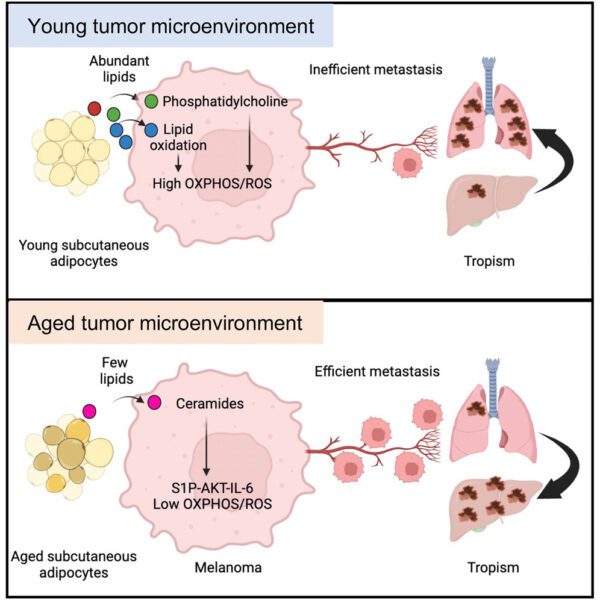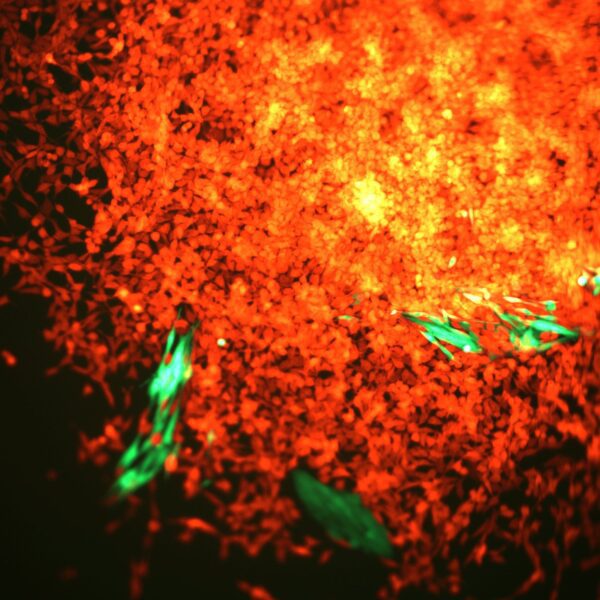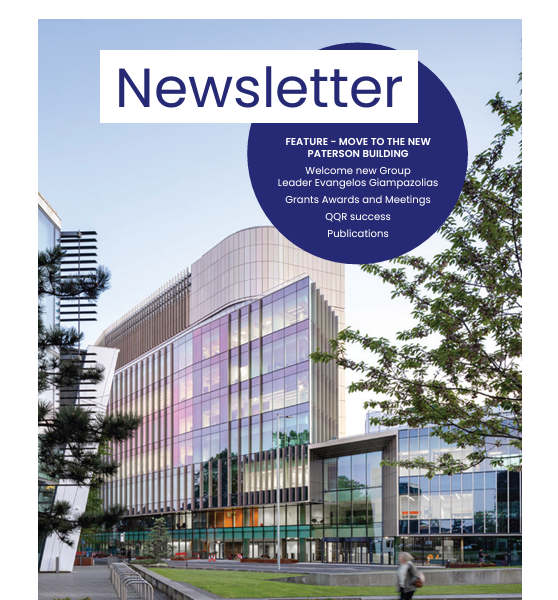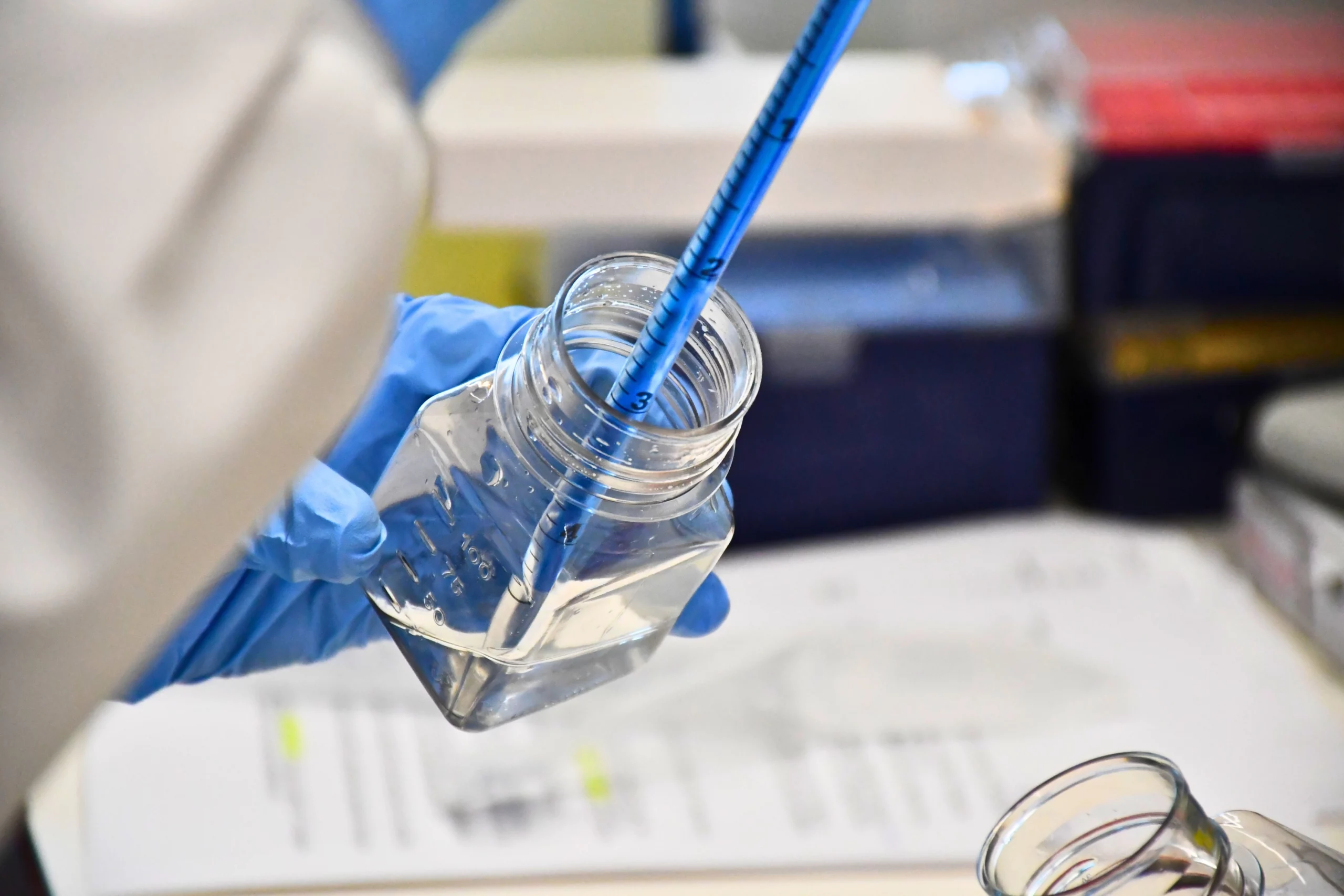Article highlights & insights
Hemogenic endothelium (HE) is recognised as the origin of all definitive blood cells, including haematopoietic stem cells (HSCs); however, the mechanisms governing the haematopoietic progenitor versus HSC fate choice within the HE remain unknown.
Here the authors combine differentiation assays with full-length single-cell transcriptome data for extra-embryonic yolk sac (YS) and intra-embryonic aorta–gonad–mesonephros (AGM) region HE populations. They identified and localised three differentiation trajectories, each containing a distinct HE subset: erythromyeloid progenitor-primed HE in the YS plexus, lymphomyeloid progenitor-primed HE in large YS arteries and haematopoietic stem and progenitor cell-primed HE in the AGM. Chromatin modifiers and spliceosome components were enriched in AGM HE. This correlated with a higher isoform complexity of the AGM HE transcriptome.
Distinct AGM HE-specific isoform expression patterns were observed for a broad range of genes, including stemness-associated factors like Runx1.
These data form a unique resource for studying cell fate decisions in different HE populations.
Hemogenic endothelium (HE) is recognised as the origin of all definitive blood cells, including haematopoietic stem cells (HSCs); however, the mechanisms governing the haematopoietic progenitor versus HSC fate choice within the HE remain unknown.
Here the authors combine differentiation assays with full-length single-cell transcriptome data for extra-embryonic yolk sac (YS) and intra-embryonic aorta–gonad–mesonephros (AGM) region HE populations. They identified and localised three differentiation trajectories, each containing a distinct HE subset: erythromyeloid progenitor-primed HE in the YS plexus, lymphomyeloid progenitor-primed HE in large YS arteries and haematopoietic stem and progenitor cell-primed HE in the AGM. Chromatin modifiers and spliceosome components were enriched in AGM HE. This correlated with a higher isoform complexity of the AGM HE transcriptome.
Distinct AGM HE-specific isoform expression patterns were observed for a broad range of genes, including stemness-associated factors like Runx1.
These data form a unique resource for studying cell fate decisions in different HE populations.
Institute Authors
Groups
Group leader
Labs & Facilities
Research topics & keywords
Our vision for world leading cancer research in the heart of Manchester
We are a leading cancer research institute within The University of Manchester, spanning the whole spectrum of cancer research – from investigating the molecular and cellular basis of cancer, to translational research and the development of therapeutics.
Our collaborations
Bringing together internationally renowned scientists and clinicians
Scientific Advisory Board
Supported by an international Scientific Advisory Board











